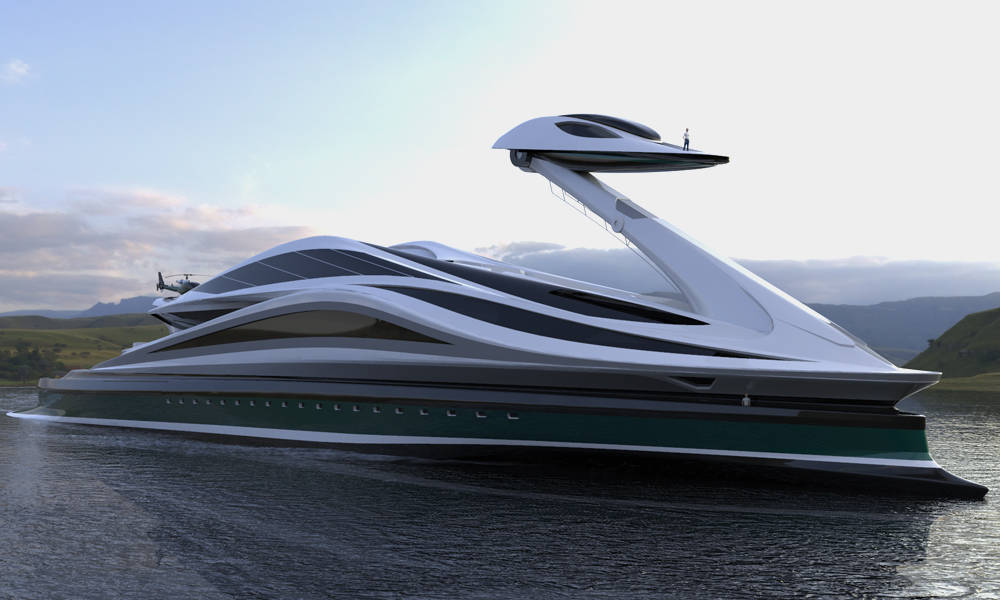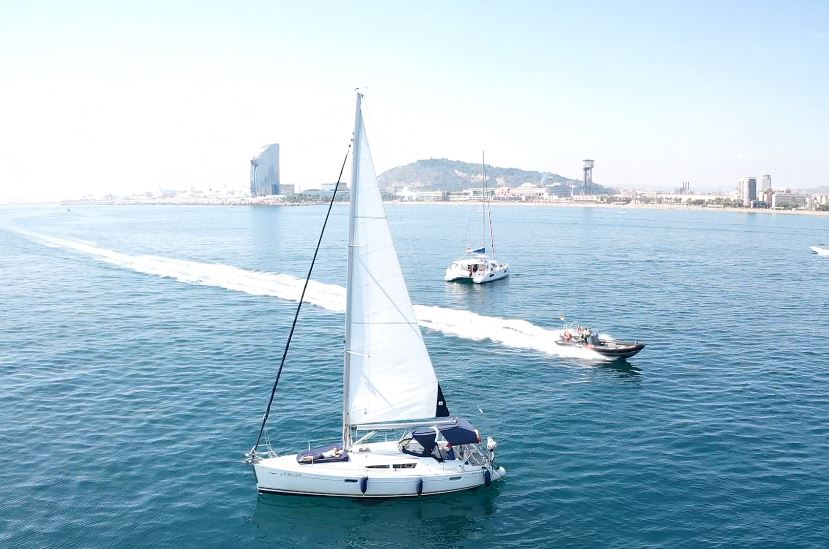Mount Tangkuban Perahu has to maintain tourists’ bucket checklist to perfect their West Java’s experience. Roughly 30 km from Bandung, this stratovolcano attracts tens of tens of thousands of people daily. The amount can rocket to 10,000 individuals on domestic holidays or long weekends. It’s a no miracle since it’s everything in one package: sky-high altitude, craters, and green outside. As it’s an active volcano, the geothermal heat makes everything in its own way hot. Therefore, it contributes to the occurrence of hot water springs across Tangkuban Perahu.
One of those nine craters, Kawah (crater) Domas, has sulfuric warm-water ponds. Folks of all ages have travelled here to wash their feet in the ponds. They think that the sulfur may heal rheumatism and skin ailments. Towering at 2,084 meters over sea level, it provides a whole aerial perspective of Bandung-Subang.
Operational Time
The volcano crater situated at Jl. Tangkuban Perahu, Cikole, Lembang, Bandung Barat. Just the same as other tourist attractions in Indonesia, foreigners will need to pay additional for the entry fee. Tangkuban Perahu entry fee prices Rp200.000 for both weekday and Rp300.000 for the weekend.
How To Get Into Tangkuban Perahu Bandung?
By Bandung’s Leuwi Panjang Bus Terminal, take a Bandung-Indramayu bus through Subang. Stop Close to the Primary gate of Tangkuban Perahu, prior to the boundary of West Bandung-Subang. Individuals traveling by railway to Bandung should cease at Bandung Train Station. Take public transport “angkot” functioning Stasiun Bandung-Lembang and stop at an intersection of Lembang-Maribaya-Tangkuban Perahu. Just take another angkot jump for Lembang-Cikole and cease close to Tangkuban Perahu entry.
Getting Closer To Tangkuban Perahu Bandung
Tangkuban Perahu has erupted at least 30 occasions for its previous 40,750 decades. Because of this, it’s nine craters scattered around the region with three leading holes. They’re Kawah Ratu (Queen Crater), Kawah Upas (Upas Crater), and Kawah Domas (Domas Crater). Kawah Ratu is the queen of this trio since it’s the largest one. Kawah Ratu resembles a giant bowl with light grey sandy sides.
The water-like liquid in the base changes colours from green, blue, to grey. White steam blows from the openings on the crater’s walls, making a stunning aura. The longer it beams, the different sulfuric the surrounding atmosphere will smell. Despite traces of bamboo fencing the top borders, travellers should not lean on them. Its neighbour, Kawah Upas, could be smaller in size but it has the same charm. It requires approximately 30 minutes of hiking from Kawah Ratu into Kawah Upas.
They overlook a great deal though as every measure of this gruelling increase does repay. The crater’s cracked butt, black dead trees, chalky white slopes make it a worthy panorama. Last, Kawah Domas lures many attractiveness seekers to smother their bodies using its sulfuric mud. It’s a lot nearer to the main gate compared to Kawah Ratu, roughly one kilometre. Tourists will need to scale up and down countless staircases to get here. They may be ashamed and craving for some munchies at the time they’ve arrived. If that’s the situation, simply go boil some eggs directly in Domas’ natural warm-water ponds.

The Folklore of Tangkuban Perahu Bandung
Just like most areas in Indonesia, it has its legends and myths. Long time ago, there was a family of two, mother Dayang Sumbi and boy Sangkuriang. They lived together with a faithful dog called Tumang in the centre of the woods. Tumang had been with Sumbi for years long before Sangkuriang was born. One day, they fought, and Sumbi hit Sangkuriang so harshly in his head.
The ten-year-old boy rushed from home, bleeding, and didn’t return. Feeling guilty, Sumbi prayed to the gods to be reunited with her son. Never did she understand that Sangkuriang was suffering from amnesia due to his mum’s assault. He forgot what about his childhood, including roughly Sumbi, Tumang, and their property. They were living their lives ever since the episode, apart from one another. Sumbi stayed at her house without getting any old thanks to the gods’ will. She stayed ageless and beautiful, still bringing many men who saw her in the forest.
Sangkuriang dwelt on his own out there, growing to a strong, handsome man. About 12 decades later, the two unexpectedly met but without recognizing each other. The longer they spent, the more they were in love. One day before their marriage, Sumbi noticed a scar on Sangkuriang’s head. Sangkuriang took the challenge, even almost completed the task –making Sumbi anxious. She waved her magic scarf in the atmosphere, which seemed like the morning sun. Sangkuriang got angry, kicked the ship upside down which turned into Mount Tangkuban Perahu.
Planning to visit Tangkuban Perahu soon? Find out more about Bandung and Indonesia by visiting Wonderful Indonesia.













Comments